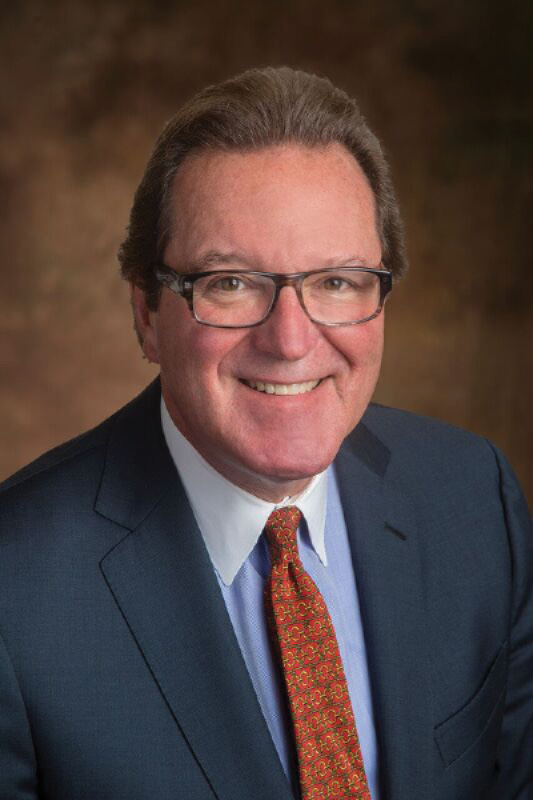I have been extremely bullish on the economy in general, and the construction economy in particular, for years now. Going back to pre-pandemic times, I have continued to preach that all is well with the construction economy, despite Covid and the high interest rates that followed. And I have written often about how the strength of the consumer, and the general upwards direction of consumer confidence, was going to keep us out of a recession when all the other Chicken Littles were trying to will us into one. Well willing aside, it didn’t happen.
I love fast cars, and I own a couple, maybe not in keeping with the profile of a 72-year-old. The thrill of mashing an accelerator and hearing an exhaust note continuing to increase in pitch and loudness is just fun, even if I do inch over the speed limits from time to time. Figuratively, I have felt the same way about the construction economy, but now, my foot is coming off the accelerator and giving the brakes a slight tap. Not a screeching halt, mind you, just a bit of bringing the speed and strength down a notch as we try to get a handle on the uncertainty of recent weeks.
First and foremost is the backtracking of the Fed in bringing down interest rates, which has been a disappointment. This is being driven by stubborn underlying inflation that is not even hinting of a glide path down to the Fed’s 2 percent target anytime soon. So instead of being down 200 basis points or more as many had predicted at the start of 2024, the Fed only took us down by 100 basis points, half or less than had been expected. This has had a stifling effect on both new housing starts and existing housing sales, as both a combination of eye-watering home price increases coupled with high interest rates have kept a lid on housing activity.
Adding to the disappointment was the Fed’s announcement at the December meeting that it is now penciling in only two rate cuts in 2025, down from the four it had forecasted in September when it last issued economic projections. The central bank is now projecting that the federal funds rate may sit at median level of 3.9 percent by the end of 2025, up from its earlier forecast of 3.4 percent. The Fed is also projecting inflation could be higher in 2025, at 2.5 percent, than it had expected in September, when it forecast that price increases would slow to 2.1 percent next year.
Next, despite a convincing win by both Donald Trump and the Republican Party, which now controls both houses of Congress, consumer sentiment has started a wholly unexpected slide; despite the fact that the American electorate voted for Trump, they now express concern over the uncertainty of his policies. In fact, U.S. consumer confidence unexpectedly sank in December for the first time in three months on concerns about the outlook for the economy amid uncertainty around the Trump administration’s policies.
The Conference Board’s gauge of confidence decreased to 104.7 in December, led by consumers over 35 years old. That was well below the median estimate in a survey of economists, and a measure of expectations hit a five-month low. In write-in responses to the survey, consumers increasingly cited politics and tariffs. A special question showed that 46 percent of respondents expected tariffs to raise the cost of living, while 21 percent expected tariffs to create more U.S. jobs.
The results mirror similar concerns about tariffs in the other confidence survey, the University of Michigan poll that showed a surge in the share of people who believe that they should buy durable goods now to avoid higher prices in the future. A measure of expectations for the next six months and a gauge of present conditions both dropped. Moreover, pessimism about future employment prospects returned after cautious optimism prevailed in October and November.
The new administration can do much to blunt this caution by enunciating its economic plans in detail, sooner than later. In the meantime, I am predicting our industry shifts from robust to flat for 2025.

Pierre G. Villere serves as president and senior managing partner of Allen-Villere Partners, an investment banking firm with a national practice in the construction materials industry that specializes in mergers & acquisitions. He has a career spanning almost five decades, and volunteers his time to educating the industry as a regular columnist in publications and through presentations at numerous industry events. Contact Pierre via email at pvillere@allenvillere.com. Follow him on Twitter – @allenvillere.
